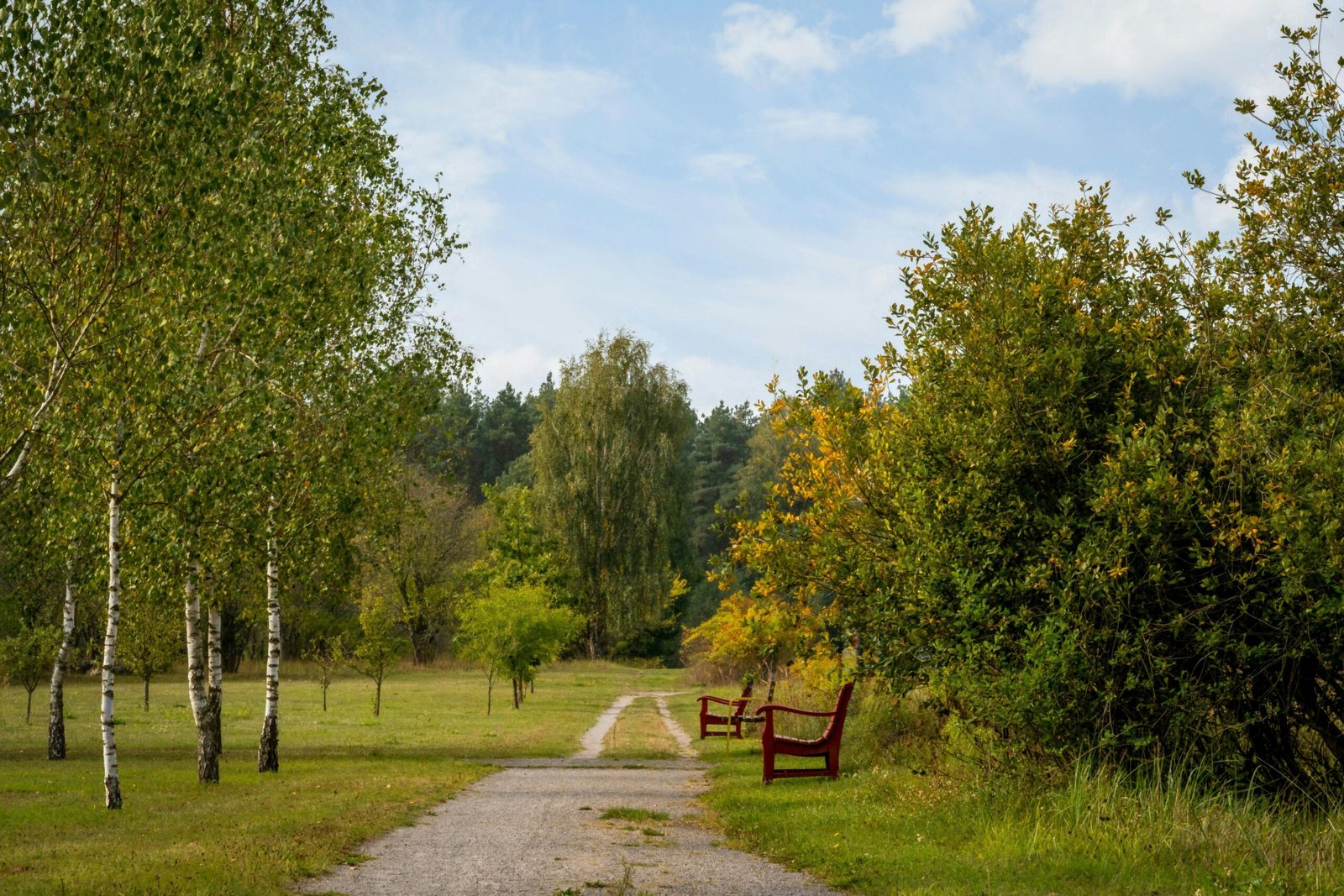Introduction
The concept of “30 different plants a week” has been gaining significant traction in recent years, captivating gardening enthusiasts and casual plant lovers alike. This challenge, often shared on social media platforms, encourages participants to introduce a diverse array of plants into their homes or gardens each week. While the initial appeal might lie in the novelty and the competitive spirit, the benefits extend far beyond mere numbers.
The Science Behind Plant Diversity
The human connection with nature is deeply rooted in our evolutionary history. Studies have consistently demonstrated the positive impact of plants on our mental and physical well-being. From reducing stress and anxiety to improving air quality, plants offer a multitude of advantages.
Improved Air Quality: Plants absorb carbon dioxide and release oxygen, contributing to cleaner air indoors and outdoors. Certain species, such as peace lilies and snake plants, are particularly effective at purifying the air.
Enhanced Mental Health: Interacting with plants has been shown to reduce stress, anxiety, and depression. The act of caring for plants can provide a sense of purpose and accomplishment.
Boosted Creativity: Studies suggest that spending time in nature can enhance creativity and problem-solving abilities.
Physical Health Benefits: Gardening and plant care can provide opportunities for physical activity, which is essential for overall health.
Choosing the Right Plants
One of the most exciting aspects of the “30 plants a week” challenge is the opportunity to explore the vast world of plant diversity. When selecting plants, consider factors such as your climate, available space, and personal preferences.
Indoor vs. Outdoor: If you have limited outdoor space, focus on indoor plants that thrive in your home’s conditions. Popular indoor options include pothos, succulents, and spider plants. For those with gardens, consider planting a variety of annuals, perennials, and shrubs.
Light Requirements: Plants have varying light needs. While some thrive in low light, others demand strong, direct sunshine. Knowing how much light your plants need to grow and thrive is essential.
Watering Requirements: The amount of water required by various plants varies. Underwatering can cause plants to wilt, while overwatering might result in root rot. Research the specific watering requirements of each plant you choose.
Soil Preferences: The type of soil you use can significantly impact a plant’s growth and health. Consider using well-draining potting mix for indoor plants and amending your garden soil as needed.
Incorporating 30 Plants a Week into Your Life
It’s not necessary to feel overwhelmed by the “30 plants a week” task. Increase the amount of plants in your collection little by little at first. To assist you in incorporating this practice into your daily routine, consider the following advice:
Research Different Plants: Explore online resources, gardening books, and local nurseries to discover new plant species.
Visit Botanical Gardens: Botanical gardens offer a wealth of inspiration and knowledge.
Join Plant Communities: Connect with other plant enthusiasts online or in your community.
Start a Plant Journal: Document your plant collection and track their growth and development.
Overcoming Common Challenges
As with any new hobby, there may be challenges along the way. Here are a few typical problems and solutions:
Control of Pests and illnesses: Be alert for indications of pests and illnesses, and take the necessary steps to cure or avoid them.
Errors Made When Taking Care of Plants: It’s all part of the learning process. Try new things and experiment without fear.
Lack of Time: Even if you’re busy, you can still incorporate plants into your life.
Beyond the Numbers: The Emotional Benefits
While the “30 plants a week” challenge often focuses on the quantitative aspect of plant collection, its true value lies in the emotional benefits it provides. Engaging with plants can foster a sense of connection with nature, reduce stress, and improve overall well-being.
Mindfulness and Meditation: Caring for plants can be a meditative practice, promoting mindfulness and present-moment awareness.
Sense of Accomplishment: Watching plants grow and flourish can provide a sense of accomplishment and satisfaction.
Emotional Connection: Many people develop deep emotional connections with their plants, viewing them as companions or friends.
Incorporating Plants into Your Living Space
One of the most enjoyable aspects of the “30 plants a week” challenge is the opportunity to experiment with different plant arrangements and create unique living spaces. Here are some creative ideas:
Vertical Gardens: Utilize vertical space with wall-mounted planters or hanging baskets.
Terrariums: Create miniature ecosystems within glass containers, showcasing a variety of plants and accessories.
Plant-Based Art: Incorporate plants into your home decor with unique arrangements and installations.
Outdoor Oasis: Transform your outdoor space into a botanical paradise with carefully selected plants and landscaping.
Sustainability and Ethical Considerations
As the popularity of plant collecting grows, it’s important to consider sustainability and ethical practices. Support local nurseries and choose plants that are native to your region. Avoid purchasing plants that are endangered or threatened species.
Reduce Waste: You may use less plastic packaging by selecting potted plants or starting plants from cuttings.
Promote Ethical Sourcing: Verify that the plants you purchase were sourced appropriately and ethically.
Questions & Answers on the Challenge of “30 Plants a Week”
Is the “30 plants a week” challenge suitable for beginners?
Yes, the challenge can be adapted to suit beginners. Start with easy-to-care-for plants and gradually increase the difficulty as you gain experience.
Can I repeat plants in the challenge?
Yes, you can repeat plants if you enjoy them or if they are particularly well-suited to your environment.
What if I don’t have a lot of space?
There are many small-space plant options, such as succulents, trailing vines, and air plants. You can also consider vertical gardens or terrariums.
Conclusion
The “30 plants a week” challenge is more than just a fun activity; it’s an opportunity to connect with nature, improve your well-being, and contribute to a healthier planet. By embracing the diversity of plant life, you can create a more vibrant and sustainable environment for yourself and future generations.
To read more, click here.

Leave a Reply